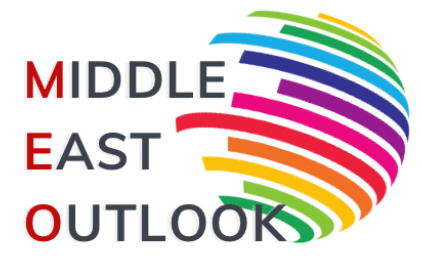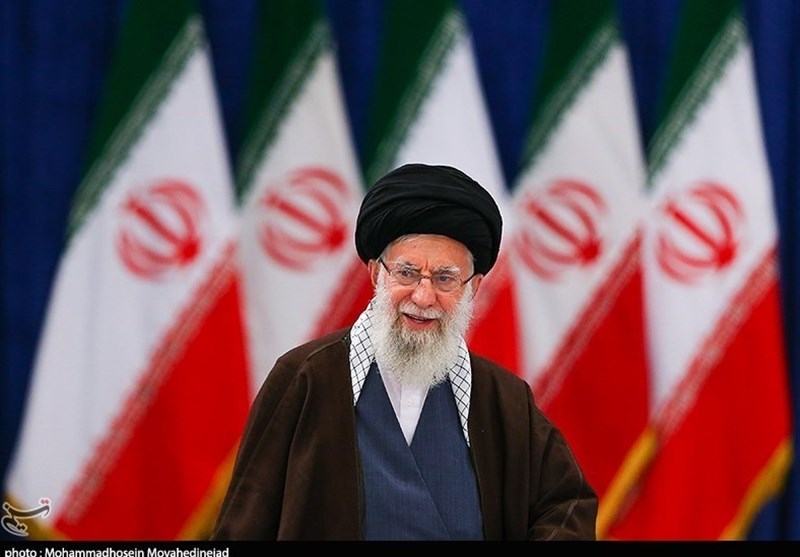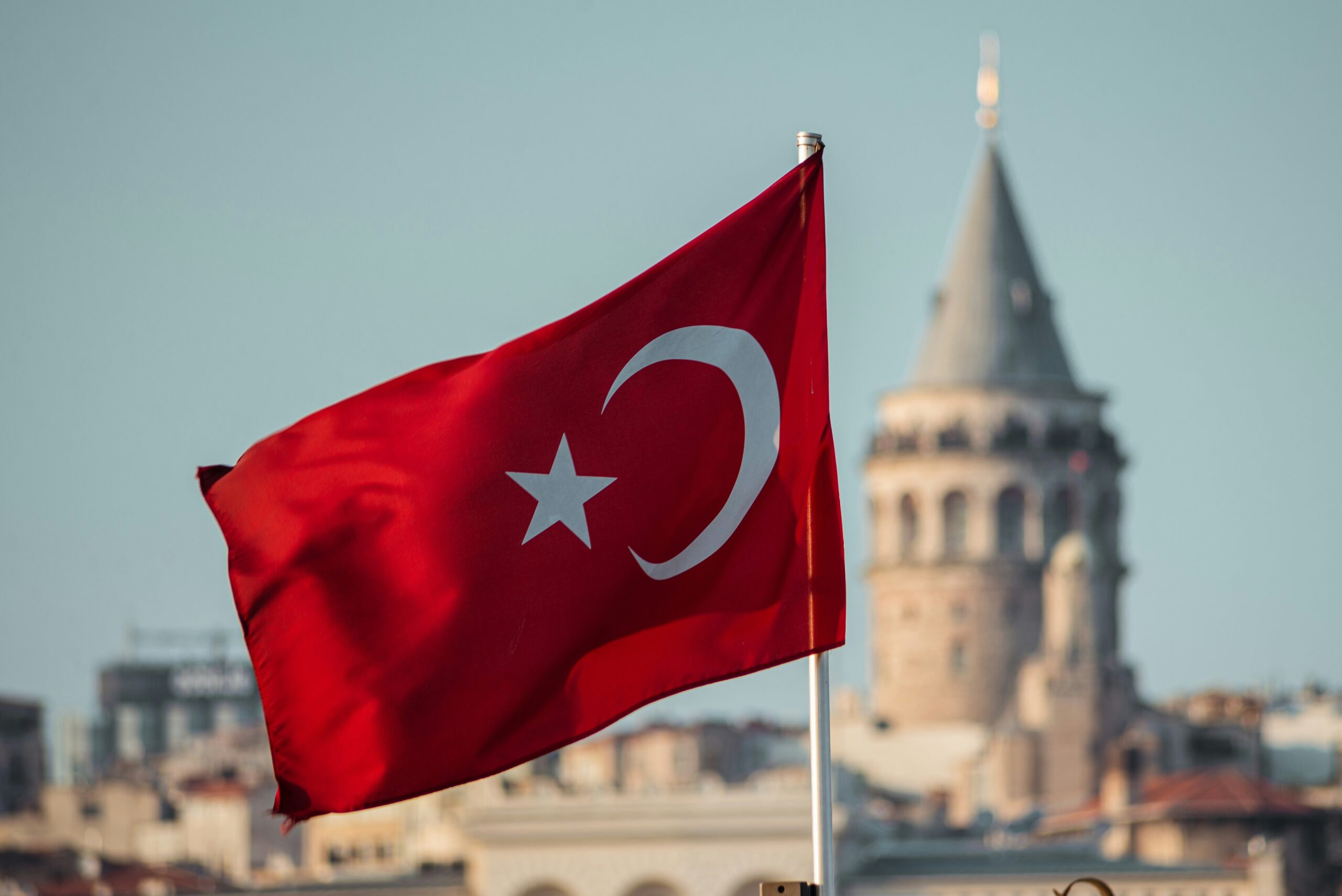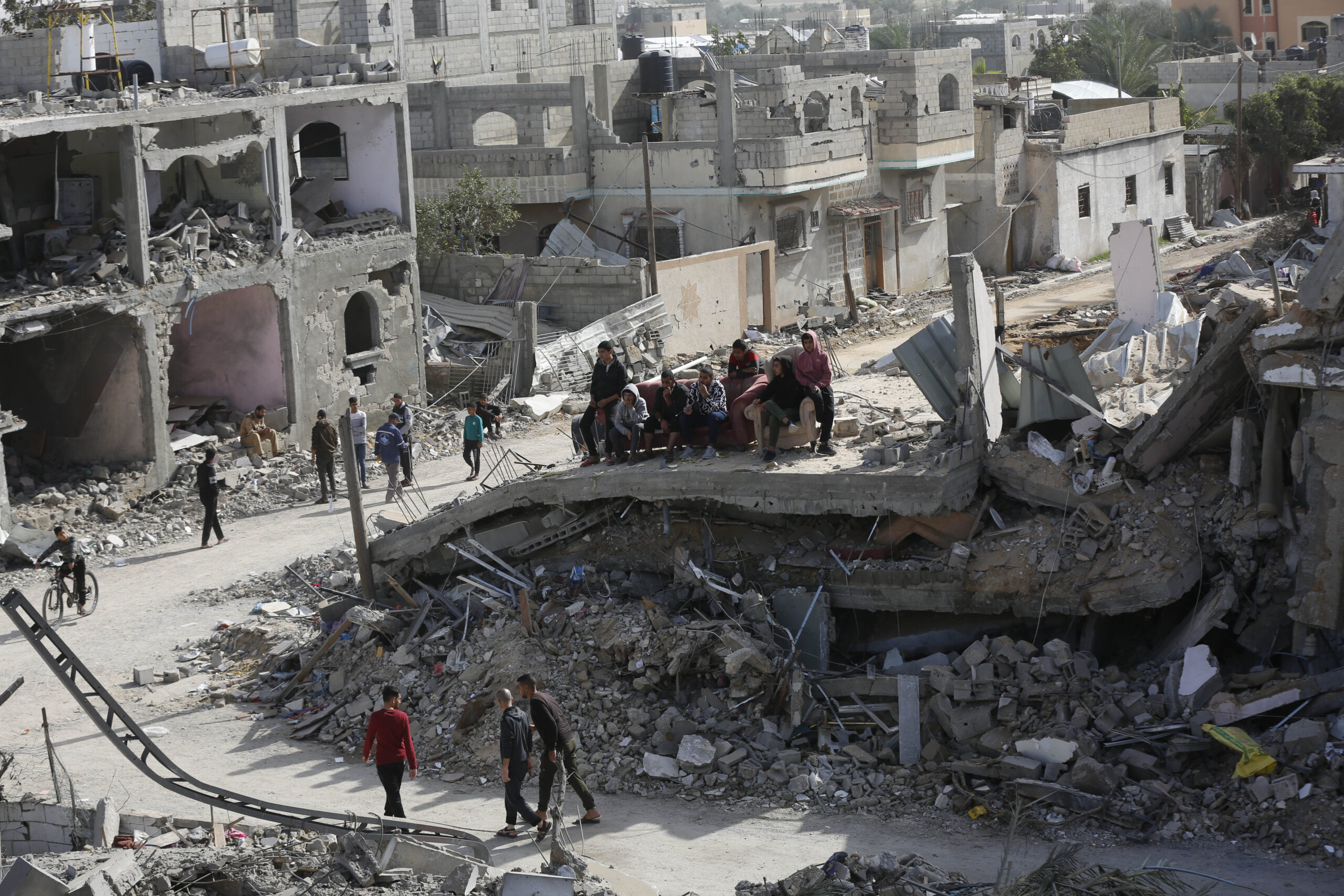Iran’s regional security strategy has long been a subject of debate among scholars of international politics and Middle Eastern affairs. Iran often projects itself through revolutionary slogans and anti-imperial (Western) language, particularly the oft-repeated rhetoric of wiping Israel from the world map. However, a careful examination of its strategic behaviour reveals a far more nuanced and calibrated orientation.
Iran’s foreign and security policy hinges on three interconnected pillars: national security, ideology, and regime survival. This reflects a complex interplay of ideology, pragmatism, historical experience, and regional ambition that shapes its statecraft. In a sense, Iran’s regional strategy is neither entirely ideological nor purely pragmatic but rather a flexible and layered approach driven by the imperative of the regime’s survival, strategic deterrence, regional influence, and favourable balance of power in the region.
Iran’s embrace of Shia networks across the Middle East, which Iranians described as the “Axis of Resistance” and some Arab regimes as the “Shia Crescent”, has been less about exporting the Islamic Revolution and more about building a security firewall around it. This is aimed at deterring foreign interventions and cultivating strategic depth. The instrumentalisation of Shia identity, therefore, has been a geopolitical tool rather than a religious crusade. A case in point is the downplaying of the Shia card in the Armenian-Azerbaijani conflict. Here, Iran backs Armenia, a predominantly Christian country, and not Azerbaijan, which is a fellow Shia-majority country. This stems from its domestic compulsion to keep the Azeri nationalist impulse under check and to seek a favourable balance of power in the South Caucasus region.
Iran has been using proxies such as Hezbollah in Lebanon, the Popular Mobilisation Forces in Iraq, and various other militias across the region, not merely to extend influence but to compensate for conventional military weakness. By operating through non-state actors, Iran has sought to avoid direct confrontation with its arch-rival Israel, backed by the mighty America. This is a classic case of employing irregular warfare methods to compensate for power asymmetry. This asymmetric warfare mode demonstrates a fundamentally realist calculus embedded within a veneer of ideological rhetoric. But that stands challenged and changed now with Israel weakening Hezbollah in Lebanon by killing its top leadership, including Hassan Nasrallah, and Sunni opposition groups toppling Bashar al-Assad’s regime in Syria.
At the same time, Tehran has been constantly trying to balance its ideological commitments with external security imperatives. The Islamic Republic is not merely a traditional state seeking regional balance of power but a revolutionary regime whose legitimacy is anchored in a perpetual state of confrontation with the West. Anti-Americanism and anti-Zionism have functioned as tactical tools to reinforce the regime’s identity and sustain domestic legitimacy. The country’s strategic alliances, including its support for radical groups, have not only served as hedges against encirclement but as mechanisms to assert an Islamic model of governance distinct from Western liberalism and regional monarchism. All of this is meant to sustain a distinct regional identity that preserves the regime’s ideological character.
Post-1979, Iran’s historical experience—particularly the trauma of the Iran-Iraq War, the overthrow of the Shah, and decades of sanctions and isolation— has a significant bearing on its foreign policy choices. While Tehran does employ aggressive tactics, including the use of proxies and subversion, these are responses to perceived threats. The fear of a US-backed regime change continues to dominate Iranian strategic thinking. The spectre of the overthrow of Saddam Hussein in Iraq, and a series of regime changes in the so-called Arab Spring, keeps Iran on tenterhooks.
Iran is aware of its military and economic limitations and thus avoids large-scale confrontations that could jeopardise regime stability. Instead, Iran opts for strategic patience, incremental influence-building, and calibrated risk-taking. The Iranian leadership often retreats or recalibrates when confronted with credible threats, suggesting that deterrence remains an effective means of containing its behaviour. In the recent flare-up between Iran and Israel, other than rhetoric, Iran agreed to an unconditional cease-fire despite sustaining heavy losses in both men and material. Iran is essentially a status-quo power, not necessarily benign, but fundamentally rational and responsive to shifts in its threat environment.
In relation to the United States, Iran’s actions must be understood within the context of decades of hostility and mistrust between Tehran and Washington. Yet, Iran has at times cooperated with the U.S., such as during the early stages of the war in Afghanistan and its willingness to negotiate the Joint Comprehensive Plan of Action (JCPOA). This demonstrates that the regime is willing to compromise when offered credible security guarantees. It can be argued that U.S. intransigence, rather than Iranian radicalism, has more often obstructed diplomatic openings. In light of these examples, Iran appears not as an expansionist state, but as a balancer seeking to protect its autonomy in a region dominated by American military power and Israeli technological superiority. The pragmatism shown in these examples negates the prevailing notion of Iran as a spoiler, suggesting instead that its strategy is largely reactive and aimed at deterring aggression rather than provoking it.
Iran is not a monolith; its foreign policy is shaped by a complex web of institutional actors, including the Supreme Leader, the Islamic Revolutionary Guard Corps (IRGC), the Ministry of Foreign Affairs, and elected officials, each with differing priorities and worldviews. The IRGC, in particular, plays a crucial role in executing Iran’s extraterritorial strategy, often acting independently of or parallel to formal diplomatic channels.
The broader regional and international environment also shapes Iran’s strategic calculations, where it finds itself encircled by the U.S. through its military bases in Sunni-dominant neighbouring countries. As such, its reliance on asymmetry, proxy forces, and missile development forms part of a broader deterrence strategy rooted in vulnerability. At the same time, Iran seeks to carve out a sphere of influence through what may be termed “strategic opportunism”—capitalising on regional crises, state collapse, and sectarian fissures to embed itself in fragile polities. The result is a layered strategy that is both cautious and confrontational, defensive and offensive, ideological and pragmatic. Still, the leitmotif of Iranian regional stratagem is pragmatism.
As such, Iran’s regional strategy defies reduction to a monocausal explanatory model. It is best understood as a dynamic and layered approach that fuses ideological conviction—the necessity for a regime’s legitimacy—with strategic calculation. This is evident whether seen through the lens of sectarian statecraft, or emphasis on revolutionary ideology, or, for that matter, its defensive posture vis-à-vis Israel. Tehran’s choice of diplomatic pragmatism reflects a deep awareness of its constraints and opportunities. Recognising this complexity is essential to understanding the complex security environment in which Tehran operates and the layered nature of its strategic calculus.



